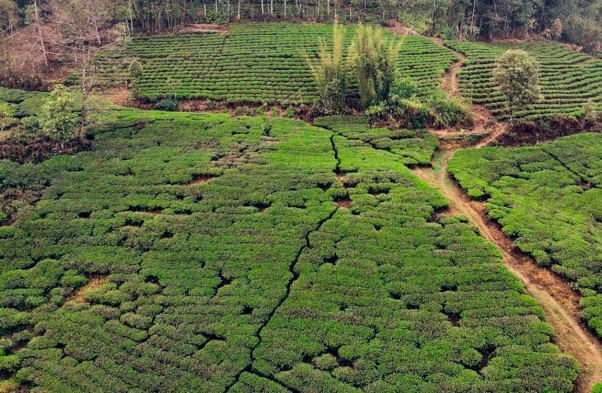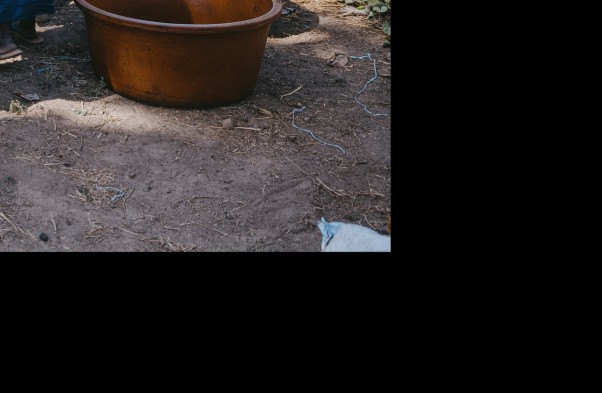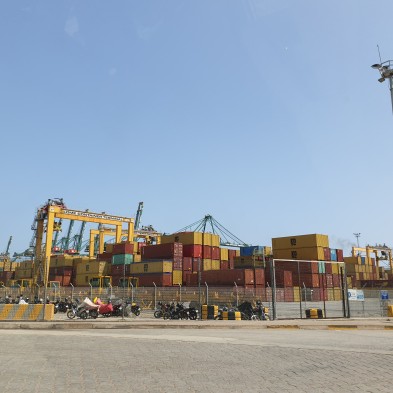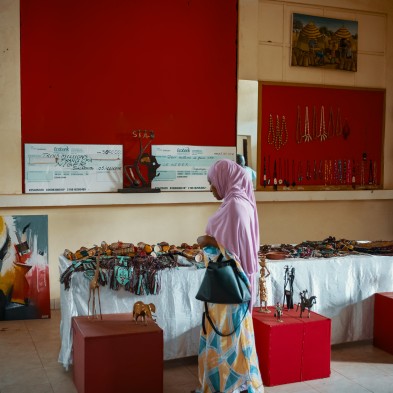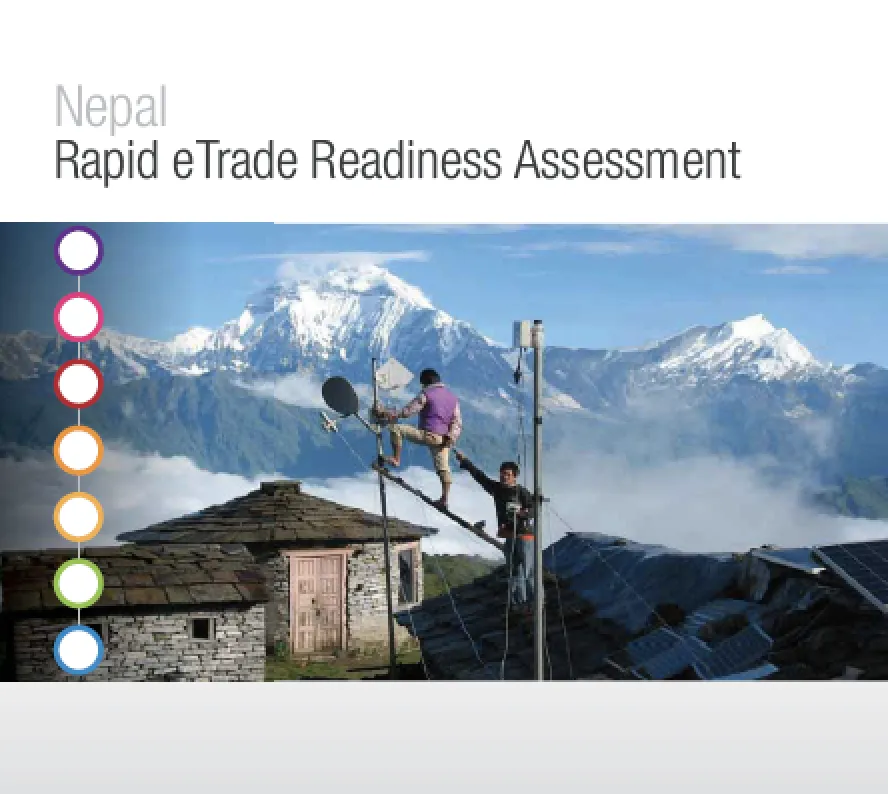
Avec l'appui du CIR, le commerce a été intégré en tant que domaine prioritaire dans le 13ème Plan de développement du Népal.
Le Ministère des finances a alloué aux principaux ministères les fonds nécessaires à la mise en œuvre des recommandations de la Stratégie d'intégration du commerce du Népal (NTIS) soutenue par le CIR. La NTIS définit 19 produits prioritaires ayant un fort potentiel à l'exportation et le CIR fournit une assistance ciblée pour trois d'entre eux: le pashmina, le gingembre et les plantes médicinales et aromatiques.
Afin d'assurer la continuité de ces initiatives, toutes les activités menées par le CIR sont intégrées dans la structure organisationnelle du gouvernement.


Le CIR s'est employé à accélérer la croissance, à réduire la pauvreté par la création d'emplois et à renforcer la durabilité du développement du commerce.
Résultats:
- La Stratégie nationale d'intégration du commerce a été validée en novembre 2015 et constitue une étape majeure dans les efforts déployés par le Népal en faveur de l'intégration du commerce dans sa politique économique nationale. Elle énonce les mesures à prendre dans des domaines transversaux tels que le renforcement des capacités commerciales, la facilitation des échanges et des transports, les normes et règlements techniques et les droits de propriété intellectuelle. Elle met aussi en lumière des secteurs prioritaires présentant un potentiel d'exportation.
- Le Népal a bénéficié d'un appui pour élaborer sa stratégie de développement de l'agriculture pour 2015, qui met l'accent sur le commerce.
- Le commerce a été intégré dans les stratégies sectorielles pour le tourisme, l'industrie, la santé et l'aide étrangère.
Le CIR s'est employé à accroître les revenus des producteurs de gingembre en améliorant les mesures sanitaires et phytosanitaires (SPS) et la valeur ajoutée des exportations, en collaboration avec ses partenaires que sont la FAO et le STDF.
Résultats:
- 1 891 agriculteurs ont été formés à la production de semences, au stockage, à la commercialisation, aux mesures SPS, aux pertes après récolte, à la manipulation sans risque et à la production locale de gingembre.
- Une installation de lavage et de traitement du gingembre a été créée pour que les exportations de gingembre du Népal augmentent et pénètrent de nouveaux marchés.
- Le revenu des agriculteurs a augmenté de 62%.
- Les pertes après récolte ont diminué de 30%.
- La production de rhizomes de gingembre a augmenté de 4%.
Le CIR contribue au développement économique et social du Népal en faisant augmenter les exportations de produits de la marque Chyangra Pashmina.
Résultats:
- 751 participants ont été formés à la commercialisation internationale, à la conception et au développement de collections, au marchandisage, à la participation à des foires commerciales et à la préparation à l'exportation.
- Les entreprises bénéficiant d'un soutien ont augmenté les exportations de Chyangra Pashmina de 16%.
- Les produits en pashmina ont été diversifiés afin de proposer non seulement des articles tissés mais aussi des articles tricotés. Les recettes de l'entreprise ont ainsi augmenté de près de 200% pour dépasser les 5 millions d'USD en 2016.
- Le projet a contribué à la création de 214 emplois supplémentaires.
Le CIR concentre ses activités sur six districts des régions de développement du Centre Ouest et de l'Extrême Ouest du Népal. La majorité des activités sont mises en œuvre par l'intermédiaire d'acteurs du secteur privé, qui souhaitent que la chaîne d'approvisionnement soit fiable et que les liens commerciaux soient renforcés pour répondre à la demande du marché. Les trois résultats escomptés sont les suivants:
- Amélioration des pratiques de production et de fabrication, l'accent devant être mis sur la durabilité et la commercialisation des produits.
- Renforcement des capacités des services de l'État, des associations privées et des populations locales en matière de coordination des activités liées au projet.
- Amélioration de l'accès aux marchés pour les produits à valeur ajoutée vers les destinations d'exportation prioritaires au moyen d'une stratégie collective de commercialisation et de valorisation des marques.
Résultats:
- Les deux principales associations sectorielles de produits de base, la Jadibuti Association of Nepal (JABAN) et la Nepal Herbs and Herbal Products Association (NEHHPA), ont vu leur nombre de membres augmenter de 20% et 12% respectivement.
- 2 535 cueilleurs ont été équipés de matériel de récolte durable.
- 573 agriculteurs ont bénéficié d'un soutien pour cultiver de la menthe (Mentha arvensis) sur 194 ha de terres utilisées pour la production de 5 505 litres d'huile vendue à 1 350 NPR le litre. De même, 56 agriculteurs ont bénéficié d'un soutien pour cultiver le shatavari (Asparagus racemosus) sur 5,6 ha, 597 agriculteurs ont bénéficié d'un soutien pour cultiver du poivre de timut (Zanthoxylum amartum) sur 7,3 ha, 283 agriculteurs ont bénéficié d'un soutien pour cultiver de la cannelle tamala (Cinnamomum tamala) sur 42,6 ha et 191 agriculteurs ont bénéficié d'un soutien pour cultiver de la camomille (Matricaria chamomilla) sur 52,6 ha.

